The Earth keeps getting warmer. In fact, July 2015 was the hottest month on record. As we remember the deadly Krakatau explosion of August, 1883, here are some of the biggest volcanoes that had devastating effects on the planet
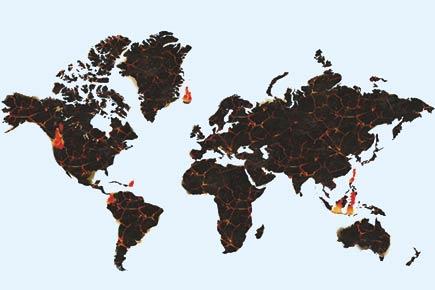
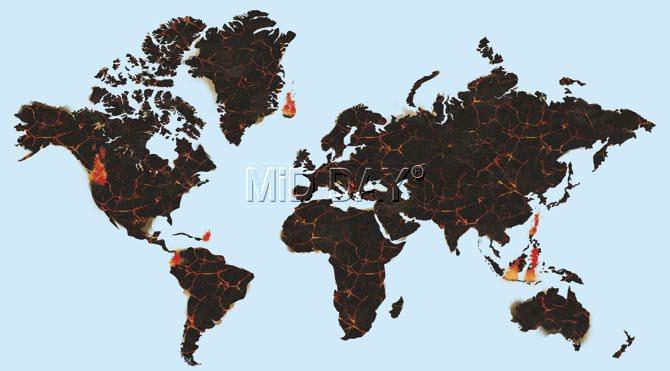
Graphic: Uday Mohite
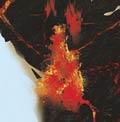 May 18, 1980, Mount St Helens, United States
May 18, 1980, Mount St Helens, United States
What changed? Spirit Lake, a tourist destination nearby disappeared under layers of volcanic ash, tree limbs and mud. The blast — the deadliest and most economically destructive volcanic eruption in US history — caused an avalanche that came crashing down onto the lake, created huge waves that washed across the mountain landscape. The landslide raised the lakebed by 200 feet. With time, the lake and flora and fauna reappered in the area.
ADVERTISEMENT
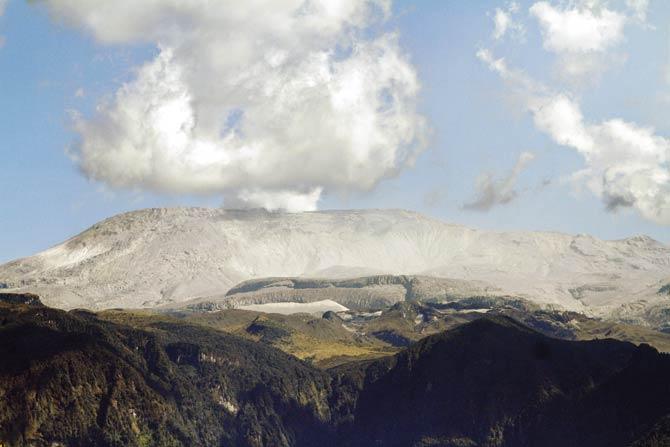
 November 13, 1985, Mount Ruiz, Colombia
November 13, 1985, Mount Ruiz, Colombia
What changed? This was the third time that history repeated itself in 400 years, with another eruption and another deadly lahar racing down the River Lagunillas. Over 23,000 people were killed. The heated matter melted the glacier and resulted in hillslides at 50km per hour. This entered the major rivers of the area and demolished nearby towns.
 May 8, 1902, Mount Pelee, Martinique, Pacific Ocean
May 8, 1902, Mount Pelee, Martinique, Pacific Ocean
What changed? The aftermath saw scorching temperatures of 200 to 500 degrees Celsius. This was caused by a pyroclastic flow, thanks to the incandescent gas — a glowing cloud, which was the first time such a phenomenon was witnessed on earth. Flora and fauna were devastated on this tiny island.
June 1783-February 1784, Laki, Iceland
What changed? The sulphurous haze spread across europe soon. Crops were damaged and the rays of the sun were blocked too, leading to a drop in temperatures. It is believed that summer temperatures even in Alaska fell by four degree Celsius. Another fallout was that Russian traders noted a drop in the Inuit population.
April 14, 2010 eyjafjallajokull, Iceland
What changed? The eruption’s ash clouds delayed european air travel for nearly a week.
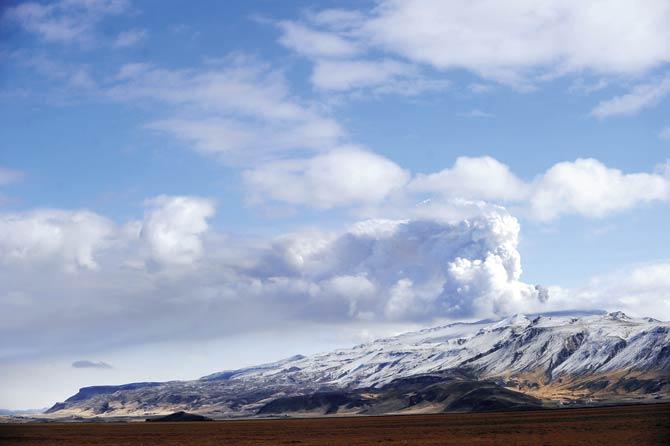
 September 29, 1996, Vatnajokull glacier Iceland
September 29, 1996, Vatnajokull glacier Iceland
What changed? Two days later a gaping hole opened up at the top of the ice and thick black clouds of ash billowed out. The Grimsvotn volcano had erupted under Vatnajokull, melting a vast chamber through the idea. Several weeks later, and tens of kms away, the meltwater burst out of the glacier, surging down the ice sheet in a river of water, mud and stones. It swept away bridges, and tore up roads and power lines, bypassing inhabited areas.
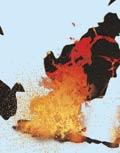 August 26-27, 1883, Krakatau, Indonesia
August 26-27, 1883, Krakatau, Indonesia
What changed? The largest volcanic eruption ever recorded was heard 4,635km away (2,800 miles) and the collapse of the volcano caused 150m (500ft) high waves in the nearby Sunda Strait (see pic, right). The eruption produced spectacular sunsets throughout the world for many months afterwards, as a result of sunlight reflected from suspended dust particles ejected by the volcano high into earth’s atmosphere. The average global temperatures were up to 1.2 degrees cooler for the next five years.
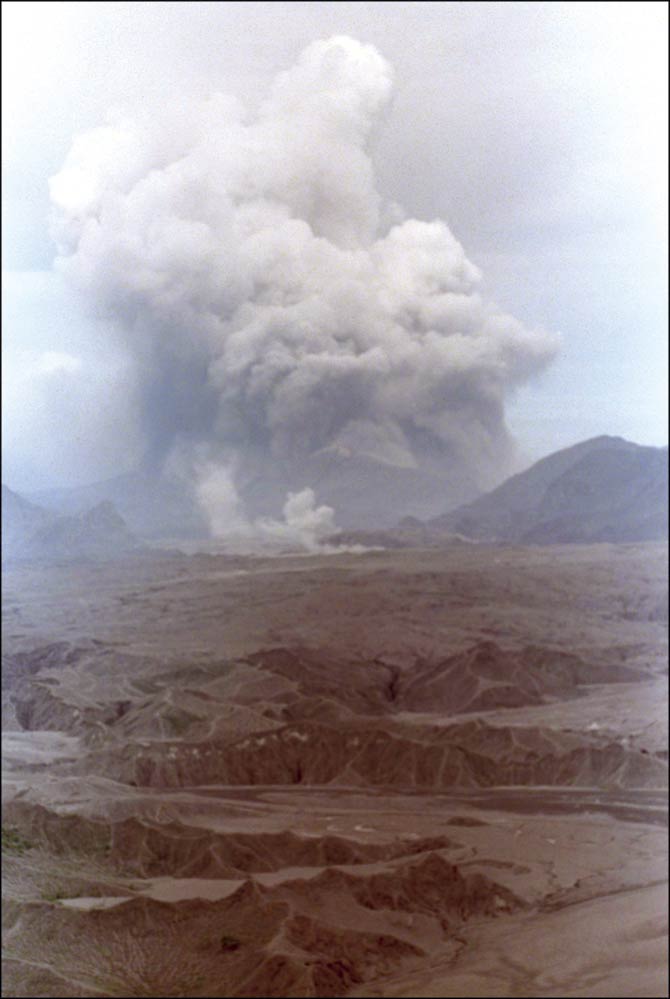
 July 15, 1991, Mount Pinatubo, The Philippines
July 15, 1991, Mount Pinatubo, The Philippines
What changed? Huge amounts of dust were shot out into the atmosphere that spread as far as Antarctica. The dust blanketed the sun and reduced world temperatures by about half a degree Celsius. It also created an acid cloud containing 6 million tones of sulphuric acid aerosol. The aerosol helped to bounce the Sun’s heat back into outer space, cooling earth even further. The acid cloud attacked parts of the ozone layer in the stratosphere and might have increased its destruction by a half over the Tropics where it was most concentrated.
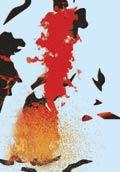 April 10, 1815, Mount Tambora, Indonesia
April 10, 1815, Mount Tambora, Indonesia
What changed? Dust and sulphur dioxide were shot into the upper atmosphere and spread a veil worldwide, blocking the Sun and altering global temperatures. The following year (1816) was called ‘The Year Without A Summer’. Frosts in June led to crop damage in europe and North America, causing famine.
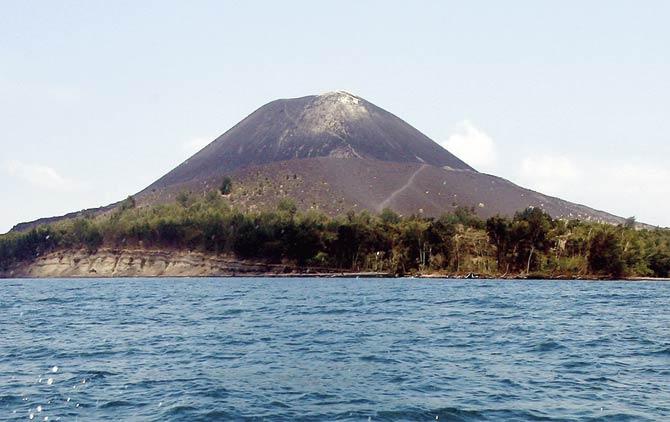
Anak Krakatau (child of Krakatau) rose out from the sea in the former caldera of Krakatau. Pics/AFP
Hot Alert! July 2015
>> Carbon dioxide levels in the atmosphere are at present higher than at any point since humans first evolved millions of years ago. Since carbon dioxide emissions lead to warming, that emissions are increasing means there’s more to come.
>> The NOAA, (National Oceanic and Atmospheric Administration) shared data that the average global temperatures in July were 1.46 degrees Fahrenheit warmer than the 20th Century average. This measurement includes land and ocean temperatures.
>> Climate researchers predict that this year might see some of the hottest temperatures since the Bronze Age.
>> There is a fear that the el Niño effect might be even more devastating than it was in 1997 when far reaching effects ranged form bushfires in Australia and mudslides in California.
There is a Red Zone near the base of Mount Vesuvius in Pompeii where 6,00,000 people live! Anybody living in this 12-kilometre radius would stand little chance of survival if the volcano explodes again.
 Subscribe today by clicking the link and stay updated with the latest news!" Click here!
Subscribe today by clicking the link and stay updated with the latest news!" Click here!







